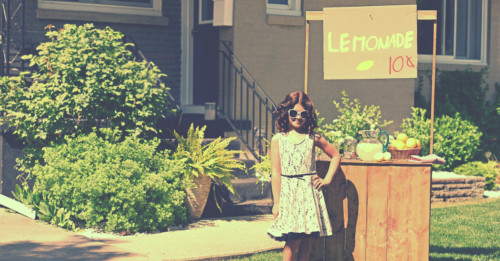Imagine that first sip of a wine. The wine is refreshing yet slightly tart, and the word “crisp” quickly comes to mind. So what is it that you’re enjoying about this wine? Acidity. If you love this sensation, you love wines with dominant or prevalent acidity.
Acidity is a wine’s “pucker” or tartness; it’s what makes a wine refreshing and your tongue salivate and want another sip.
So what is acidity in wine? Acidity is a wine’s “pucker” or tartness; it’s what makes a wine refreshing and your tongue salivate and want another sip. The easiest way to think about acidity is to think about a glass of lemonade. That pucker you get when you drink the lemonade, combined with the refreshment the lemonade gives you, is acidity. It’s what makes that lemonade great to drink on its own and also pair well with food.
When someone says a wine is crisp, bright or fresh, what they are really saying is the wine has great acidity, just as they would say that a citrus drink tasted fresh and bright. Although these words are most commonly used to talk about white wines, red wines can be crisp, bright and fresh as well.
The common misconception is that some wines have acidity, and others don’t, but in fact, all wines have a little bit of acidity. Even in Cabernet Sauvignon, a wine that is normally thought of as deep and mellow, the acidity plays an important role; it helps blend all of the other flavors of the wine together, causing each flavor, or sensation, to be more pronounced. If a wine has no acidity at all, it tastes dull and boring, which people refer to as flat. It is that little bit of acidity that causes your taste buds to want more and recognize other flavors.
 Think about a glass of lemonade. That pucker you get when you drink the lemonade, combined with the refreshment the lemonade gives you, is acidity.
Think about a glass of lemonade. That pucker you get when you drink the lemonade, combined with the refreshment the lemonade gives you, is acidity.
For acidity to work best, even when it’s dominant, like in our white wine example, the wine has to be in balance, which is referred to as a balanced wine. This means that the acidity of the wine plays well with the wine’s other components; it doesn’t overpower the wine, causing it to be extremely tart and sour and it also doesn’t leave something to be desired, leaving the wine dull.
